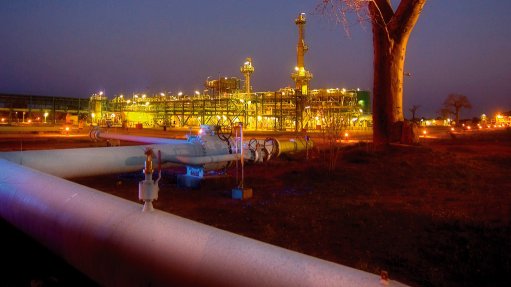
Energy and chemicals group Sasol reported a 26% rise in headline earnings to R30.19 a share for the six months to December 31, 2013 – results that were supported by the weaker rand and higher production from its Synfuels unit.
Cash generated from operations rose 50% to R28.1-billion and the JSE-listed company also announced a record interim dividend of R8 a share, a rise of 40% period on period.
Earnings were negatively impacted by net once-off charges of R5.7-billion, which included a R5.3-billion impairment of its Canadian shale gas assets, a final loss of R198-million on the disposal of its Arya Sasol Polymer Company investment in Iran and the impairment of the Sasol Solvents Germany disposal group.
CEO David Constable said the 34 000-employee company was also “moving full steam ahead to go live with our new operating model, which will drive streamlined management structures, cost-effective processes and meaningful savings”.
The group expected to generate sustainable yearly savings of more than R3-billion as a result of the programme, with 30% to 40% of the savings expected to be realised by the end of the 2015 financial year. But the full benefit of the management interventions will be evident from the 2016 financial year.
The rand/US dollar exchange rate, which weakened on average by 19% in the interim period, was again identified as one of the main external factors that would influence the group’s near-term profitability. Sasol expected a slight strengthening from its current levels.
It was also anticipating stable crude oil prices for the near term, as well as slightly improved natural gas prices, a slow recovery of chemical product prices and softer refining margins.
It expected a “solid” production performance for the 2014 financial year as a whole, forecasting synfuels volumes to be between 7.3-million and 7.5-million tons and an average utilisation rate at its Oryx gas-to-liquids joint venture in Qatar to remain above 90% of nameplate capacity.